Flotation Test Machine Rotor 2liter
2-3 delivery days if product is in stock
The rotor is a critical component of the Flotation machine, as it is responsible for generating and dispersing the air bubbles that enable the flotation process. The design, size, and configuration of the rotor influence the efficiency and effectiveness of the flotation machine in achieving optimal mineral recovery and separation.

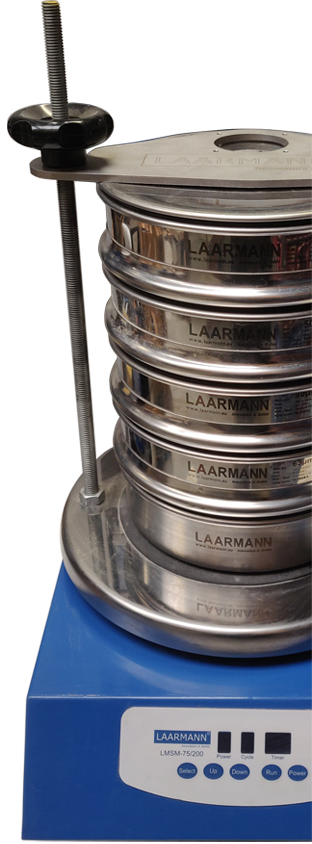
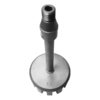
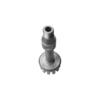
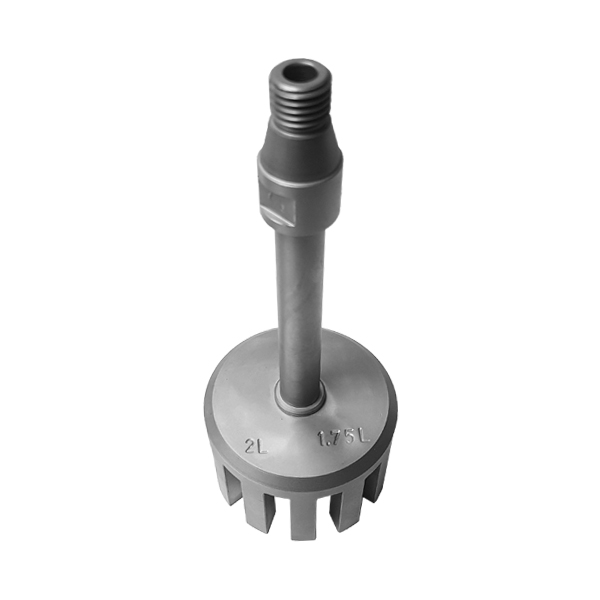
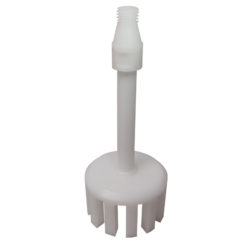
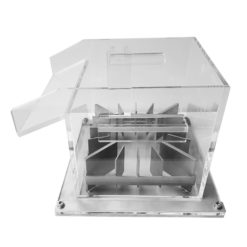
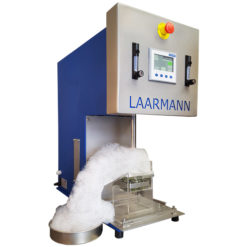
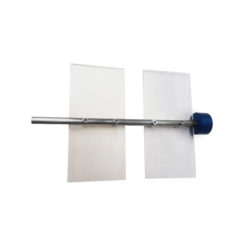
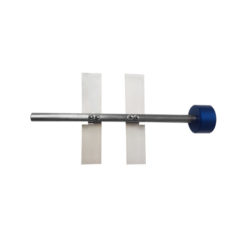
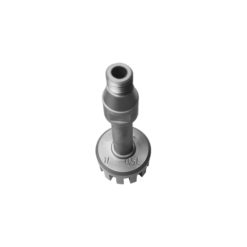
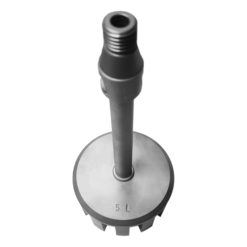
Reviews
There are no reviews yet.